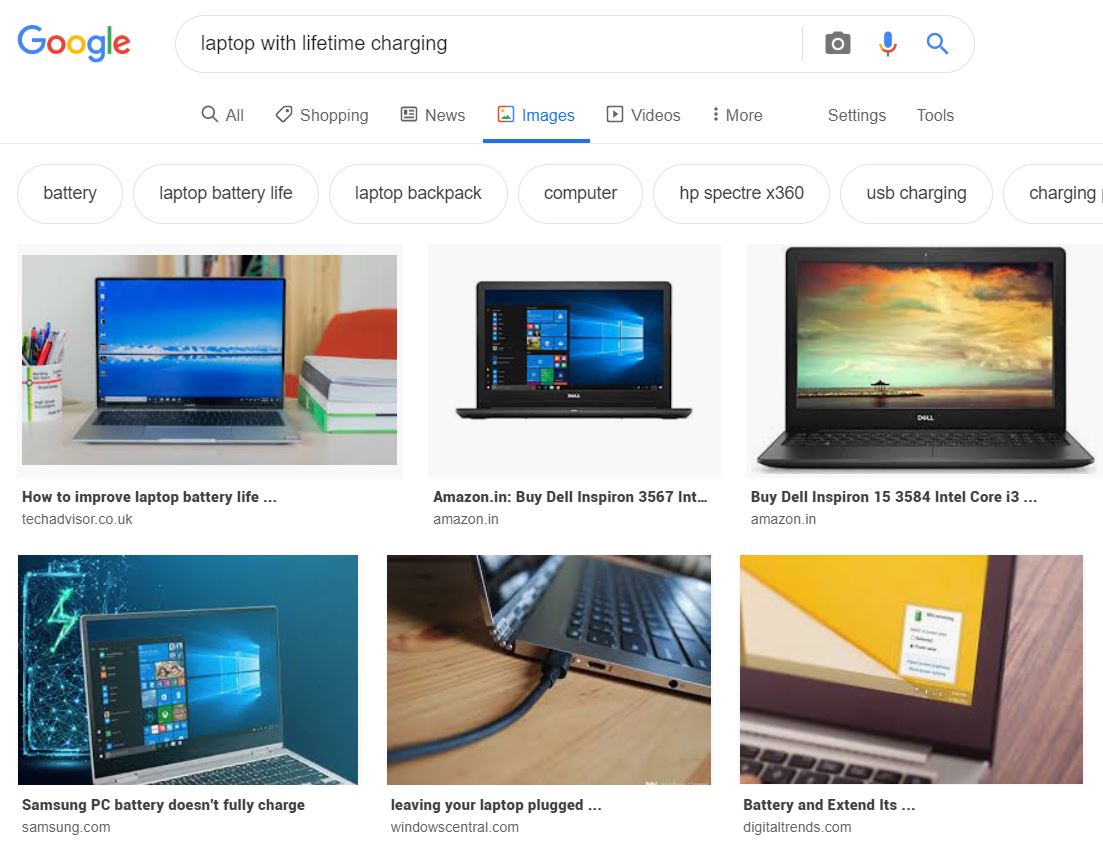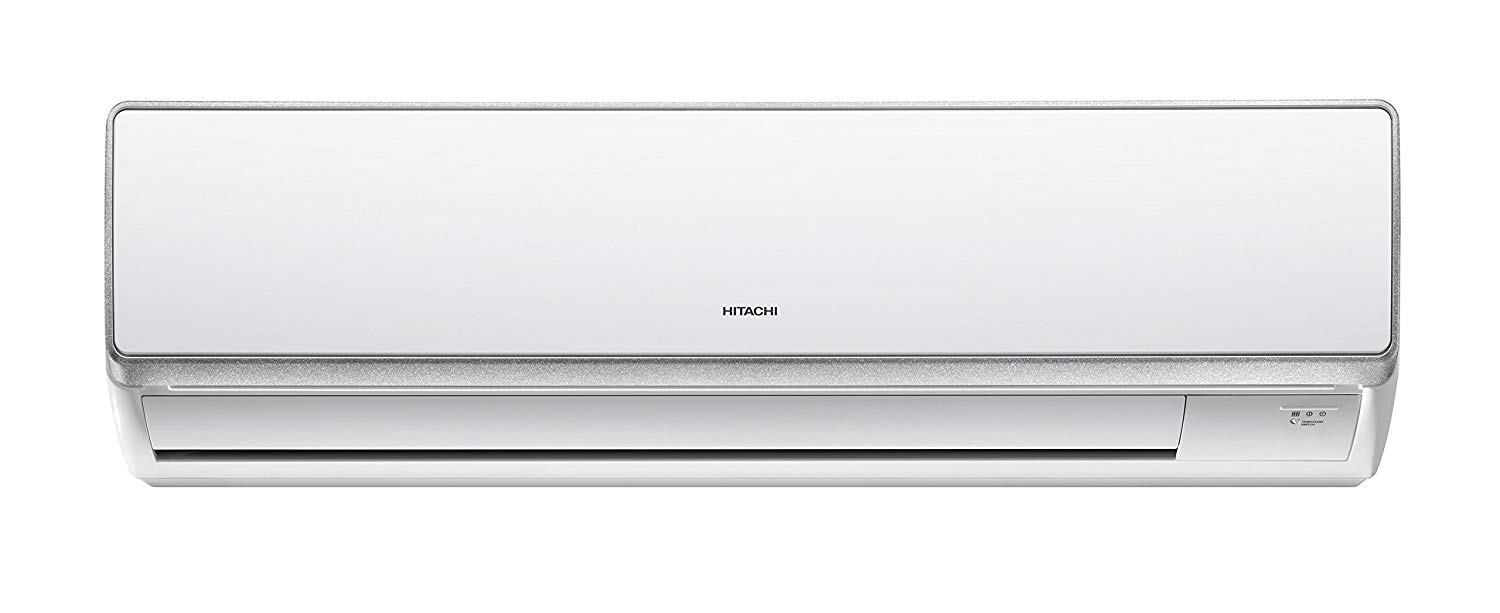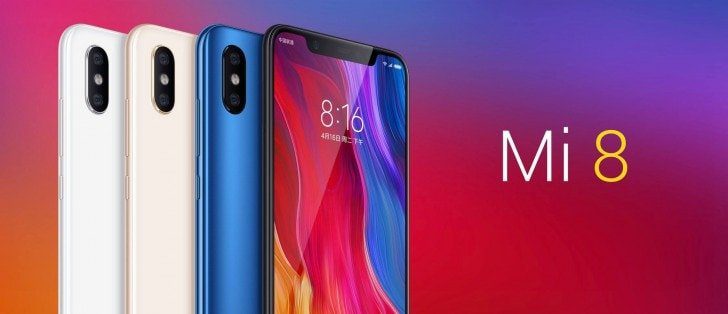2 Minutes Summary
Types of demand also help a marketer in demand forecasting of the product i.e. to estimate what total amount of sales will be done in a particular period when the product is brought into the market. Types of demand also called classification of demand. There are 8 types of demand or classification of demand. 8 Types of demands in Marketing are Negative Demand, Unwholesome demand, Non-Existing demands, Latent Demand, Declining demand, Irregular demand, Full demand, Overfull demand. Full Detail in Blog.
TYPES OF DEMAND IN MARKETING | 8 TYPES OF DEMANDS WITH EXAMPLES
Do you know types od demand in economics?
if no/ you’re at the right place. In this blog, we will learn different kinds of demands.
For every marketer, it is very necessary to study the demand pattern of its target market.
Types of demand also help a marketer in demand forecasting of the product i.e. to estimate what total amount of sales will be done in a particular period when the product is brought into the market. Types of demand also called classification of demand. There are 8 types of demand or classification of demand.
And how these various demands help the marketer to handle the challenges that come up during supply of the product, are discussed below. So let’s started a detailed guide on types of demand in economics.
8 Types of demands in Marketing:
1) NEGATIVE DEMAND
The first type of demand is Negative demand. Negative demand occurs when a product is disliked by all its target customers in general.
The product is good in quality, affordability and many other things but its demand is going negative because the customer doesn’t need it.
In such cases, it is very difficult for the marketer to sell the product to its customers.
They have to do a lot of convincing and even manipulation of the customer’s mind to achieve their marketing goal.
Some of the major reasons for this type of demand are defective, irritating market campaigns like advertising through pop up ads; no customer likes to pop up ads due to which the customer generates a negative brand image in their mind resulting in negative demand.
Let us understand this demand through an example, services like dental treatments, insurance policies face a lot of negative demand because people rather than going to a doctor for treatment or taking an insurance policy, prefer taking preventive measures to avoid buying these services. So the first type of demand in economics is negative demand.

2) UNWHOLESOME DEMAND
The second type of demand in economics is unwholesome demand. If negative demand is the head, Unwholesome demand is the tail. Another face of negative demand is unwholesome demand.
They both have almost same elements except there is a single difference between the two which is in negative demand, a consumer doesn’t feel the urge or requirement to buy the product but in unwholesome demand consumer badly wants the product but shouldn’t desire or take the decision to buy it.
These products can be alcohol, pirated movies, firearms, crackers, alcohol, etc. So the second type of demand in economics is very important for every marketer.

3) NON-EXISTING DEMAND
The third type of demand in economics is known- existing demand. This demand can be very harmful to any brand if the market research is not accurate.
In this type of demand, a marketer thinks that there is a demand for the product in the market but in reality, there is no demand for the product.
In many cases, companies lose their market value by not analyzing this demand.
It means if a company keeps producing a certain product thinking that there is the demand for the product in the market, it will end up suffering huge losses because people will not purchase their product which results in losing both market share and reputation of the brand.
This type of demand can be more easily be understood by an example- Many educational and computer courses which are not in demand by the market are one such example of non-existing demand.
Another example can be the mobile phones made by Blackberry and HTC which are not in demand anymore, still, the companies keep on producing them.

4) LATENT DEMAND
It means that the demand for which the product is not available or is not developed to date.
In today’s time, there are very fewer needs for which any product hasn’t been made or developed. But still, there are many needs of the people which are unseen by the marketer, the products which are invented or developed during this type of demand gain almost all of the market of that product as it is new to everyone.
The best example for studying this type of demand is by studying the evolution of smartphones or mobile phones.
Every time a new model of a mobile phone was launched, it tackled a new need of the consumer, whether it would be sending messages, talking face to face via video call, shopping online through mobiles at one place only and many more.
But there are still many needs that do not have a solution, even though the needs are very important.

5) DECLINING DEMAND
Declining demand as the name suggests means the demand for the product whose demand is declining with time.
It depends on product to product. It may be due to a new invention in that particular product field, bad brand marketing or decreasing the quality of the product.
There are various products like technological products in which the coming of new technology results in declining of previous tech or methods.
This type of demand is majorly seen in technological fields but the food sector, FMCG sector also face this as a challenge.

6) IRREGULAR DEMAND
This is the demand due to which a company has to change its marketing strategy from time to time repeatedly.
In this type of demand, the sales of a product or service fluctuate too much i.e. sometimes it goes to the extreme top, sometimes it goes to zero.
This happens because of the seasonal or time-based needs of the product.
The customer only wants the product in a certain period or season due to which they only buy the product in that particular season.
Air conditioners, seasonal clothes are the best day to day things where this irregular demand is seen.
Before the arrival of summers, the sales of the air conditioners and loose and light clothes increase rapidly but after summers are gone, the sales curve of these goes straight down as there is no demand for such products in the winter.

7) FULL DEMAND
If a company is having full demand, it is the golden period for that company. It is the state of the market where the supply is equal to the demand.
It means that the customers for that product are loyal to the brand, the brand also makes sure that each customer is happy with their product.
It can also be called as full market coverage as most of the market demand has been completely fulfilled by the company.
The best examples for this type of demand are the demand for smartphones like MI, OnePlus, etc. The products of these brands get sold out whenever they launch a new model.

8) OVERFULL DEMAND
This demand generates when there is a limited manufacturing capacity of the company for a product, but the demand for it is more than the manufacturing capacity. It means that demand is more but supply is less.
The brand equity of the company is highly affected in this type of demand due to which sometimes companies use De-marketing techniques to decrease the demand for their product so that the sales can match the demand.
This type of demand can usually be seen in occasional products like the cement industry where the demand is occasional but very high.
These industries have limited manufacturing power due to which there is a chance of consumers switching the brand which results in loss of both market share and brand equity.
So, these are the main types of demand or classification of demand that help a marketer for demand forecasting and managing the demand every time.
There should be fast and accurate decision making by the marketer as the challenges and effects of these types of demands can both ruin the company’s reputation as well as take it to the sky heights.
Analyze Your Website With Our FREE SEO Tool
Fix your website’s SEO like HTML Headings, Alt txt, Robot txt, Sitemap, Schema, Mobile Friendly check, Pagespeed, PageStatistics, Internal links, External links, SEO Friendly links, Alexa rank, etc.



